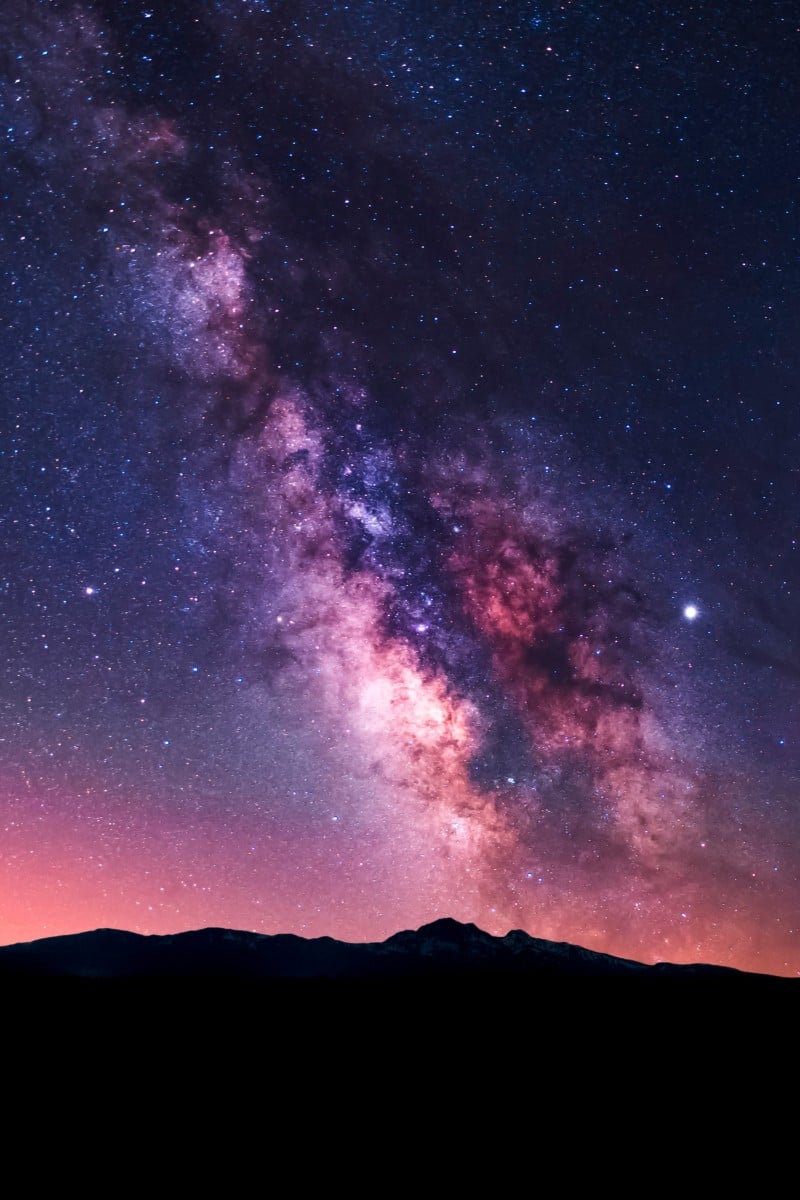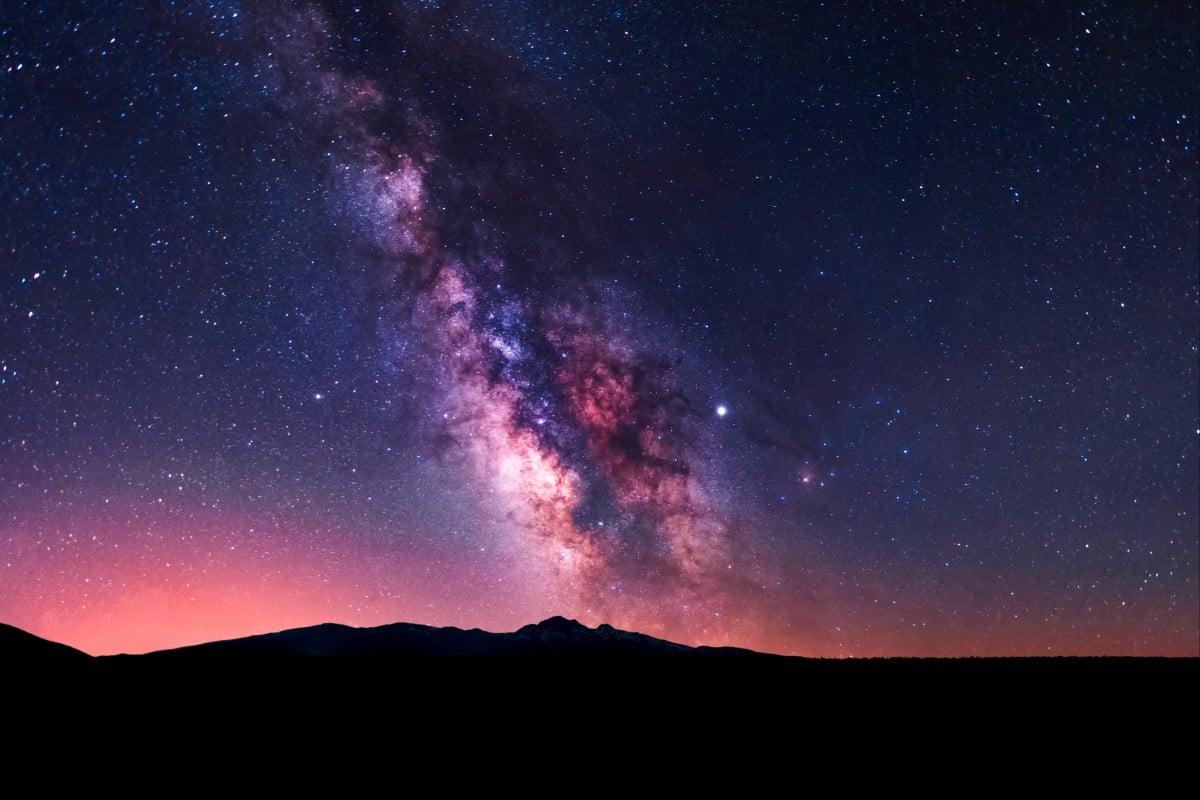
- Stars, planets, dust and gas make up about 5 per cent of the universe, but scientists think invisible matter, called dark matter, is at least 25 per cent of it
- Every month, Hong Kong Science Museum and Hong Kong Space Museum answer questions about the world around us, the cosmos and beyond
 You can spot the Milky Way galaxy on dark, clear nights during summer. Photo: Shutterstock
You can spot the Milky Way galaxy on dark, clear nights during summer. Photo: ShutterstockHave you ever seen a big band of stars that stretches across the night sky? That is the Milky Way, our home galaxy, and you can see it best on dark, clear nights in the summer. It contains hundreds of billions of stars, including the sun that we orbit. It also has dust and clouds of gas held together by gravity.
Our view of the Milky Way galaxy is from the edge of the disc. It appears as a flattened spiral galaxy with a central halo of stars.
A light-year is a unit to measure distance in space; one light-year is about 9.46 trillion kilometres. The Milky Way is about 100,000 light-years across, 1,000 light-years thick, and weighs as much as 1.2 trillion suns.
Harmless asteroid may hitchhike around Earth for 4,000 years
Imagine the Milky Way is like a fried egg. The centre of the galaxy, called the nucleus, is dense with stars, like the yolk of a fried egg. The white part of the egg is like the galaxy disc, where the stars are spread out (see graphic).
Our solar system is located in a spiral arm – a long, thin region of stars, gas and dust that extends from the centre of a spiral galaxy – on the Milky Way’s galaxy disc, about halfway from the nucleus.
Our galaxy holds many mysteries that scientists have yet to unravel
When astronomers measured the rotational speeds of galaxies, including our Milky Way, based on the mass of visible stars, they found that the galaxies were rotating faster than predicted.
Though stars, planets, dust and gas make up about 5 per cent of the universe, scientists believe invisible matter, called dark matter, is at least 25 per cent of it. Dark matter holds galaxies together and plays a huge role in shaping our universe. But scientists have yet to figure out what dark matter is made of and where it comes from.
Another mystery of the Milky Way is at the very core of our galaxy – a supermassive black hole, called Sagittarius A* (or Sgr A*).
A black hole is an area in space where gravity’s pull is so strong that even light cannot escape – so we cannot see black holes directly. The gravity’s strength is because matter has been squeezed into a tiny space; this can happen when a star is dying.
How do scientists know about this black hole if they cannot see it?
They saw a group of stars orbiting a very small and invisible object. They tracked the stars’ motions for over 20 years and found that they were moving at speeds up to 5,000km/s. This is much faster than stars normally move, so astronomers concluded they must be orbiting something that is small but has a large mass.
Black holes are very heavy objects that are surprisingly small compared to other celestial objects like galaxies and neutron stars that have the same masses.
Scientists also detected strong radio waves, X-rays and gamma rays coming from the centre of the galaxy – all signs of activity which could only be caused by a black hole. As such, they are confident about the existence of Sagittarius A* in the middle of the Milky Way galaxy.
To discover more dark secrets of the Milky Way, visit the Hong Kong Space Museum’s free exhibition, “Black Hole: the Information Barrier”. It will run until May 27, 2024.
Astronomers reveal first image of black hole at Milky Way’s centre
Content provided by
